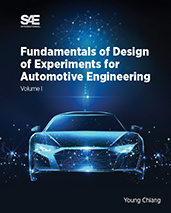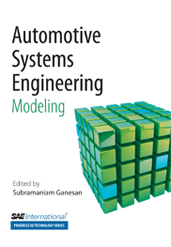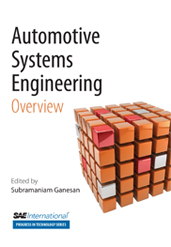Book

Diagnostics and Prognostics: Proactive Maintenance and Failure Prevention (DVD)
2015-04-15
"Spotlight on Design" features video interviews and case study segments, focusing on the latest technology breakthroughs. Viewers are virtually taken to labs and research centers to learn how design engineers are enhancing product performance/reliability, reducing cost, improving quality, safety or environmental impact, and achieving regulatory compliance. In the episode "Diagnostics and Prognostics: Proactive Maintenance and Failure Prevention" (21:04), Delphi engineers explain how they leverage the growing number of sensors and computing power in vehicles to diagnose and proactively solve emerging mechanical or electronic problems, before a breakdown occurs. This video also looks at the next generation of automotive telematics, with HEM Data demonstrating how in-vehicle data acquisition is used to monitor the inner workings of vehicles.



















